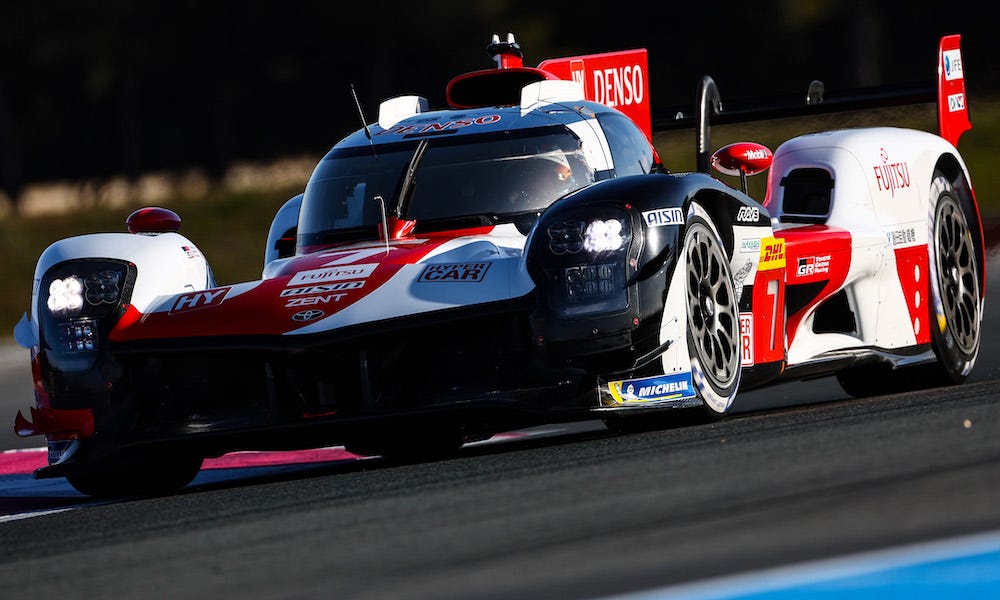Insight: Exploring Toyota’s Tweaks to a Title-Winning Hypercar
Why Toyota needed to make a series of adjustments to a world title winning LMH car ahead of its third season in the WEC…
Toyota has made a collection of updates to its LMH car, the Toyota GR010 Hybrid, ahead of this year’s FIA World Endurance Championship season. The changes come after two successful seasons for the Hypercar-class machine that that continued Toyota’s success after the end of the LMP1 era, and brought the Japanese marque up to four consecutive WEC title doubles and five straight 24 Hours of Le Mans victories.
Its achievements suggest that the Toyota GR010 Hybrid was perfection from the off: a benchmark next-generation sports prototype that the swathes of incoming LMH and LMDh manufacturers would be comparing themselves against.
However, management figures from Toyota Gazoo Racing Europe – the Cologne-based organization responsible for the company’s WEC program – would argue otherwise. Not because of any team-based shortcomings, but because of regulatory factors: the GR010 Hybrid was designed before Le Mans organizer the ACO and North American sanctioning body IMSA had launched their global LMDh platform.
As the LMH technical requirements shifted to accommodate the arrival of LMDh, Toyota found itself treading a divergent path from the other brands. It then spent the next two years figuring out how to reroute, while also competing against Glickenhaus and Alpine for the Hypercar world titles.
As Toyota’s WEC technical director Pascal Vasselon explains: “Our car had been designed and manufactured already when the major change of the convergence happened.”
In May 2020, it emerged that the weight and maximum power level of LMH cars would be reduced to fall in line with LMDh. Initially, LMH cars were intended to weigh 1100 kg and produce around 750 hp, but the convergence process brought those respective figures down to 1030 kg (later 1040 kg for four-wheel-drive hybrids) and 670 hp.




